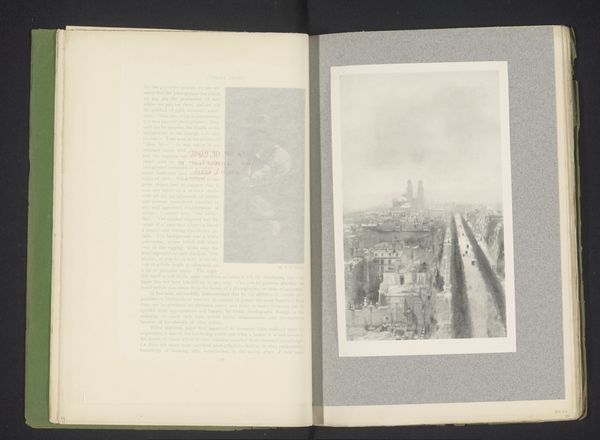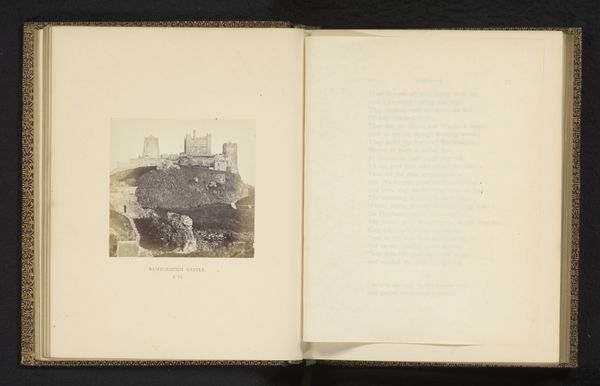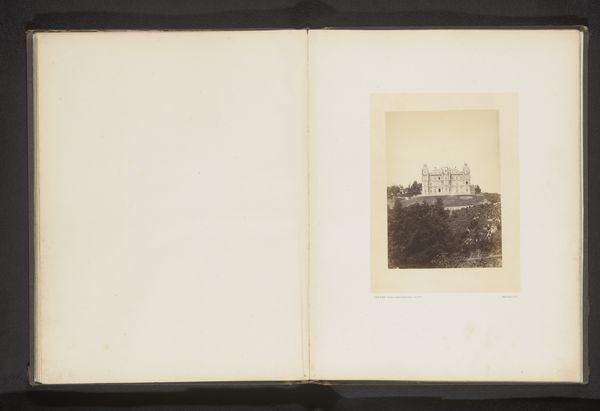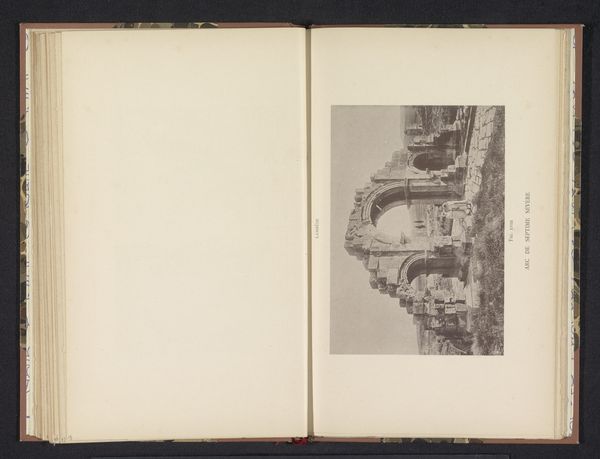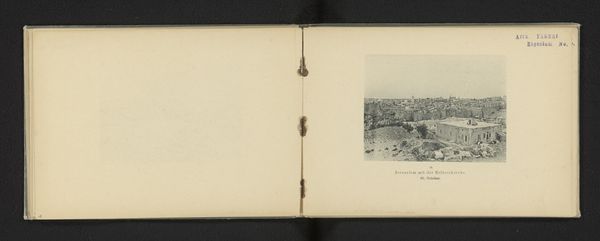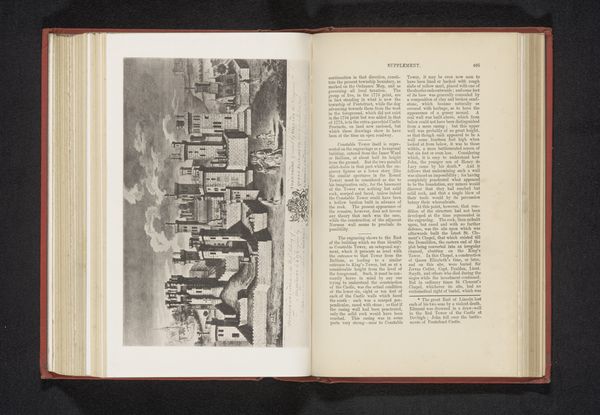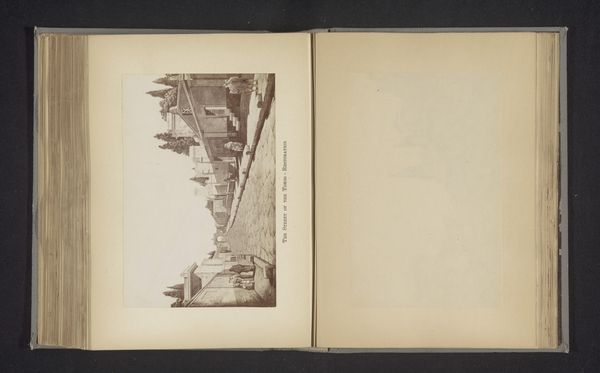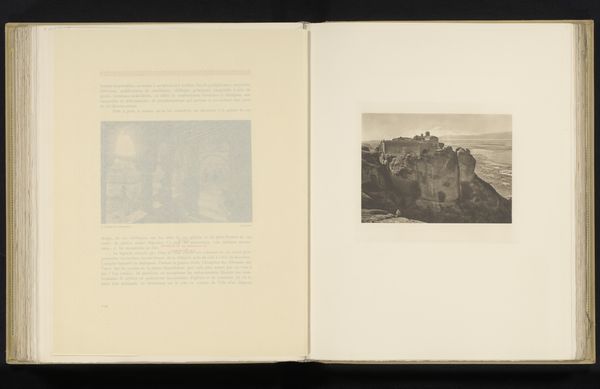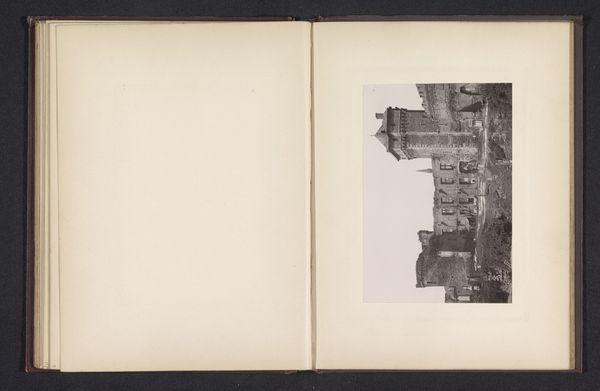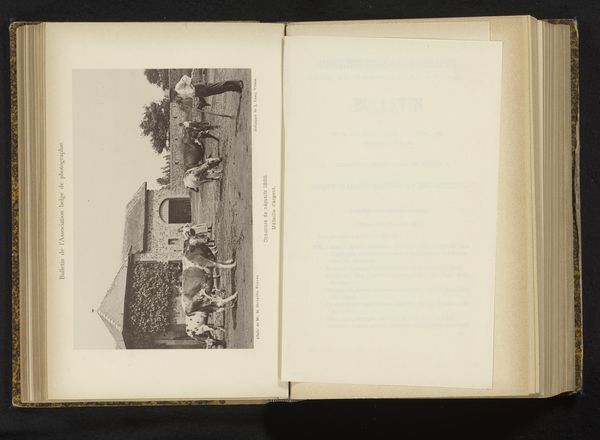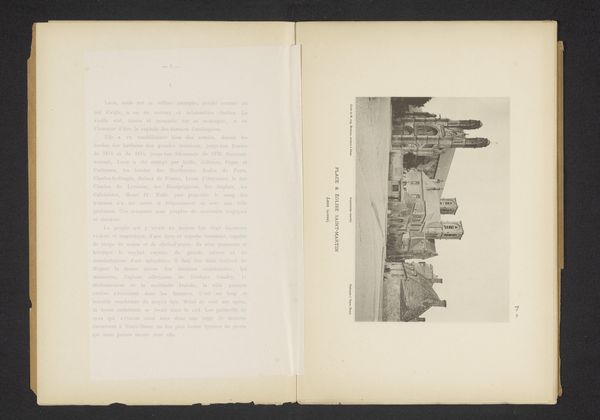
photography, albumen-print
#
landscape
#
photography
#
orientalism
#
albumen-print
Dimensions: height 77 mm, width 99 mm
Copyright: Rijks Museum: Open Domain
Editor: So, this is a photograph by Francis Bedford, taken before 1865, called "Jerusalem. The Tomb of Absalom, in the Valley of Jehoshaphat." It’s an albumen print. The light is really interesting—sort of highlighting the texture of the stone. What do you make of it? Curator: The albumen print is key here. Consider the labour involved in creating a photograph at this time. From preparing the glass plate, coating it with collodion, sensitizing it with silver nitrate, to the exposure itself in the camera. Think also about the albumen itself – egg whites meticulously processed, representing a specific social structure to amass such a resource. How do these physical aspects shape its meaning and impact? Editor: I hadn't really thought about all the steps to make the albumen print. It makes me wonder about Bedford's access to those materials and expertise in Jerusalem at that time. Was photography equipment easily available then? Curator: Precisely. This photo is as much about access to photographic technology, and the means of its distribution, as it is about Jerusalem itself. The "orientalist" style speaks to the way the region was packaged and consumed by a Western audience. Notice how Bedford’s material choices and photographic labor reproduce a certain power dynamic through this image, both literally and figuratively casting light on the "Orient" and contributing to the consumption of its image. The labor of producing such a specific image underscores this, creating a symbolic experience. Editor: So the photograph is acting as both a document and a commodity. Thanks. It really puts a different spin on the image for me. I'll never look at albumen prints the same way again. Curator: Good. Focusing on the materiality and modes of production allows us to understand how even seemingly straightforward photographs like this one are deeply implicated in broader historical and economic structures.
Comments
No comments
Be the first to comment and join the conversation on the ultimate creative platform.
